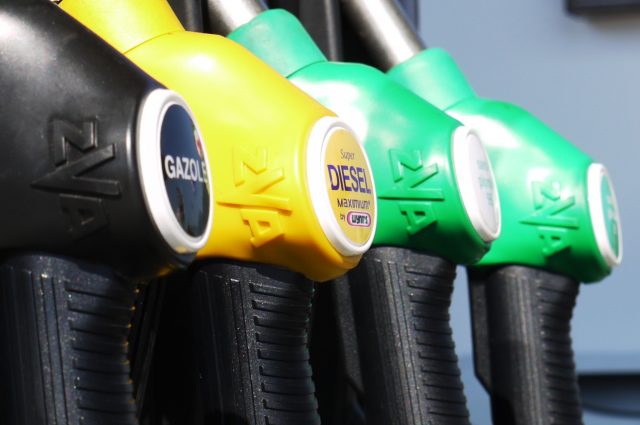
The Biden administration announced on Tuesday a significant move aimed at alleviating the burden of soaring gas prices ahead of the summer holidays. Nearly one million barrels of gasoline, totaling 998,824 barrels, will be released from the Northeast Gasoline Supply Reserve (NGSR), established in the aftermath of Superstorm Sandy to serve the northeastern United States.
U.S. Secretary of Energy Jennifer M. Granholm emphasized the strategic timing of this release, stating, “By strategically releasing this reserve in between Memorial Day and July 4th, we are ensuring sufficient supply flows to the tri-state and Northeast at a time hardworking Americans need it the most.”
The Department of Energy specified that the gasoline will be sourced from storage facilities in New Jersey and Maine, with delivery to designated retailers and terminals expected no later than June 30. This initiative, part of a congressional mandate to sell off portions of the reserve, aims to mitigate costs for American families and consumers.
While gas prices typically rise in the first half of the year due to increased driving during warmer months, recent hikes have been more pronounced. The NGSR release may provide some relief, but its impact is likely to be overshadowed by the substantial daily gasoline consumption in the United States, averaging 8.9 million barrels (376 million gallons) in 2023, according to the U.S. Energy Information Administration.
This development occurs against the backdrop of an election year and ongoing efforts by the Biden administration and the Federal Reserve to combat inflation. Gasoline prices currently average around $3.60 per gallon nationwide, marking a six-cent increase compared to the same period last year. Utilizing national reserves to stabilize prices at the pump represents one of the few direct measures available to address inflationary pressures.











